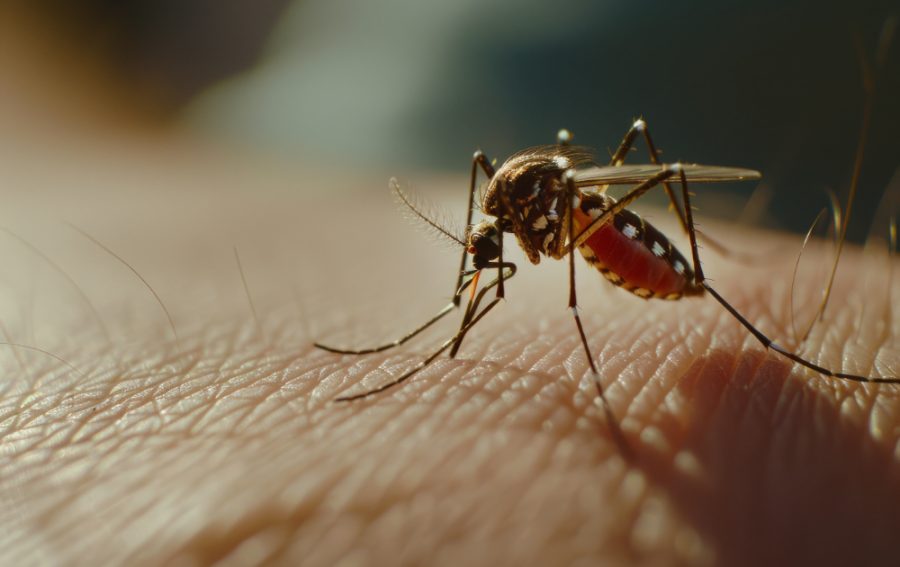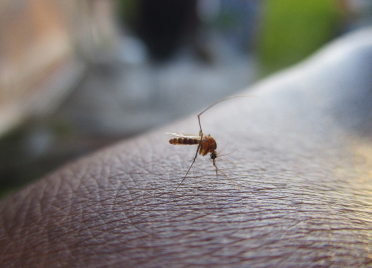Mosquitoes are more than a seasonal nuisance. In residential areas, their presence can quickly turn relaxing yards into uncomfortable or even unsafe spaces. With their ability to transmit diseases such as West Nile virus, dengue, and Zika, proactive mosquito control is not only about comfort but also public health.
Managing mosquitoes effectively requires a comprehensive understanding of their behavior and breeding habits. Successful control focuses on prevention, environment management, and when necessary, targeted treatments that address the source, , not just the symptoms. Below are five expert strategies for long-term mosquito reduction in residential environments.

Eliminate Common Breeding Sites
Mosquitoes breed in standing water, and even the smallest amount can support hundreds of eggs. Prevention starts with knowing where mosquitoes lay eggs and interrupting that cycle early.
Typical breeding zones in residential properties include:
- Birdbaths and pet bowls: Water that sits for more than two days can attract egg-laying females.
- Plant saucers and pots: Excess water in container gardens becomes a silent breeding hub.
- Gutters and downspouts: Clogged or sagging gutters trap water and organic debris, creating perfect larval habitats.
- Children’s toys and yard tools: Hollow or concave surfaces can collect rainwater unnoticed.
- Unused tires and buckets: These collect water after storms and are ideal for mosquito larvae.
A simple yard check once a week can help identify and remove many of these breeding sources before mosquito populations take hold.
Modify Landscaping for Better Control
Beyond eliminating water sources, the physical layout and vegetation around your home can influence how attractive your property is to mosquitoes. These pests rest in shaded, humid areas during the day and become active during dawn and dusk.
To reduce mosquito activity:
- Trim back dense shrubs and low-lying vegetation where mosquitoes may hide
- Keep the grass cut short to eliminate cool, moist ground cover
- Avoid overwatering, which creates puddles and moist soil ideal for larvae
- Improve drainage in areas where water tends to collect after rain
- Choose native or pest-resistant plants that don’t trap excess moisture
Strategically designed yards not only look better but also provide fewer hiding spots for mosquitoes. Making these small changes can significantly reduce their presence without relying on harsh interventions.
Incorporate Targeted Treatments and Tools
When natural control is not enough, targeted treatment methods can help manage mosquito populations. These should be used selectively and professionally for maximum effectiveness.
Common treatment tools include:
- Larvicides: Placed in non-drainable standing water, larvicides stop mosquito larvae from developing into biting adults.
- Mist applications: These are used in shaded vegetation and high-activity areas but should be applied carefully and not overused.
- Mosquito traps: These attract and capture adult mosquitoes, especially species drawn to carbon dioxide or heat.
- Barrier sprays: Professional treatments create a protective zone in yards and high-use outdoor spaces.
For some households, these tools are essential in the warmer months. To avoid over-reliance or misuse, treatments should be integrated into a broader prevention plan. For more insight into where mosquitoes tend to bite and how to avoid these hotspots, see this discussion on mosquito bites on feet.
Strengthen Household Barriers
Controlling mosquitoes outdoors is only part of the equation. Indoor prevention helps protect your family from nighttime bites and keeps your home a comfortable refuge.
Strategies for keeping mosquitoes out include:
- Install or repair window and door screens: Small tears are an open invitation for mosquitoes.
- Use self-closing doors or add weather stripping to reduce entry points.
- Keep lights off near open doors at night to reduce attraction.
- Seal utility gaps or vents where insects might find access.
Homes that remain mosquito-free inside are more likely to avoid persistent infestations, especially when outdoor control is underway. Your home’s structure plays an important role in minimizing indoor exposure.
Create a Long-Term Mosquito Management Plan
No mosquito control effort is fully effective without consistency. Residential areas with recurring mosquito problems benefit from long-term strategies that adapt to seasonality and surrounding conditions.
A strong management plan should include:
- Seasonal inspections to catch early breeding activity
- Scheduled yard checks, especially during spring and summer
- Routine collaboration with professionals to evaluate new risk areas
- Layered approaches combining physical changes, treatment, and environmental management
Consistency is particularly important for households near wooded areas, wetlands, or other mosquito-prone regions. For practical advice on making your yard less welcoming to mosquitoes throughout the year, check out these tips for yard protection.
Take the First Step Toward a Bite-Free Home
Mosquito problems can quickly escalate without a thoughtful, long-term strategy. If your home needs reliable protection, reach out to our experts at United States Pest Service. Our customized mosquito control plans are designed to keep your yard comfortable, safe, and enjoyable all season long.

